The U.S. Department of Energy's Brookhaven National Laboratory and Nanofactory Instruments, AB, a Swedish company that develops and markets scanning probe microscopy instrumentation, have received the 2011 Microscopy Today Innovation Award.
Sep 21st, 2011
Read more
A new 'smart' window system has the unprecedented ability to inexpensively change from summer to winter modes, darkening to save air conditioning costs on scorching days and returning to crystal clarity in the winter to capture free heat from the sun, scientists are reporting.
Sep 21st, 2011
Read more
In the framework of the Polish Presidency of the EU Council 2011, the European Commission Joint Research Centre and EASAC (the European Academies Science Advisory Council) jointly organise this event in Brussels, including the launch of the report "Impact of engineered nanomaterials on human health: considerations on benefit-risk assessment".
Sep 21st, 2011
Read more
 As part of IBM Research's newly extended global Summer intern program, eight undergraduate students from Rensselaer Polytechnic Institute (RPI), Union College, and University of Notre Dame, joined IBM Research Zurich in Switzerland for two months.
As part of IBM Research's newly extended global Summer intern program, eight undergraduate students from Rensselaer Polytechnic Institute (RPI), Union College, and University of Notre Dame, joined IBM Research Zurich in Switzerland for two months.
Sep 21st, 2011
Read more
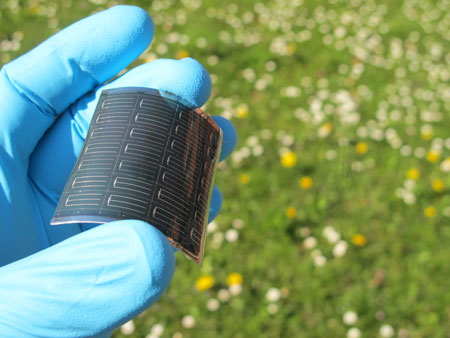 The technology yielding flexible solar cells with an 18.7% world record efficiency developed by scientists at Empa, the Swiss Federal Laboratories for Materials Science and Technology, has now been published in Nature Materials.
The technology yielding flexible solar cells with an 18.7% world record efficiency developed by scientists at Empa, the Swiss Federal Laboratories for Materials Science and Technology, has now been published in Nature Materials.
Sep 21st, 2011
Read more
IDTechEx, the organiser of the World's largest global series of Printed Electronics events will hold its European show in Berlin, Germany on April 3-4. The focus, as at all IDTechEx events, is to address the needs and experiences of adopters of the technology.
Sep 21st, 2011
Read more
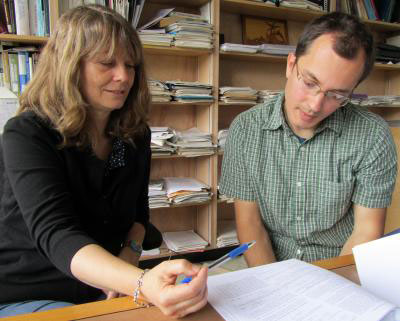 University of Oregon theorists overcome loss of entropy and friction in computational simulations.
University of Oregon theorists overcome loss of entropy and friction in computational simulations.
Sep 21st, 2011
Read more
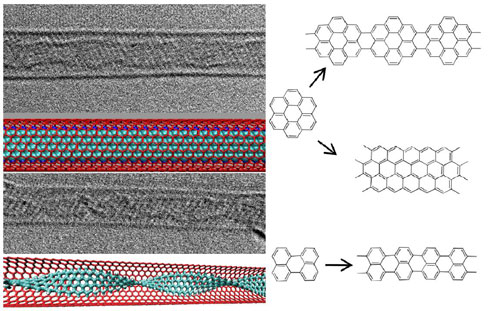 New hybrid carbon material, which combines both graphene and SWNTs, Graphene Nanoribbons encapsulated into Single-Walled Carbon Nanotubes (GNR@SWNTs) have been discovered by researchers from Aalto University (Finland) and Umea University.
New hybrid carbon material, which combines both graphene and SWNTs, Graphene Nanoribbons encapsulated into Single-Walled Carbon Nanotubes (GNR@SWNTs) have been discovered by researchers from Aalto University (Finland) and Umea University.
Sep 21st, 2011
Read more
Researchers used a combination of four techniques to make the first detailed images of nitrogen-doped graphene film. They showed that individual nitrogen atoms had taken the places of carbon atoms in the two-dimensional sheet; that about half of the extra electron contributed by each nitrogen atom was distributed throughout the graphene lattice; and that this changed the electronic structure of the graphene sheet only within a short distance - about the width of two carbon atoms - from the dopant atoms.
Sep 21st, 2011
Read more
With the aim of continuing to promote industrial innovation based on state-of-the-art technologies, CSEM has opened a new innovation center in Muttenz, with the support of the Canton of Basel-Landschaft. The polytronics development center is involved in the mass production of organic electronics.
Sep 21st, 2011
Read more
As part of the research programmes, CRANN will assist Merck Millipore to further develop the nanostructures of their products' artificial membranes, that are widely used for medical and diagnostic devices, and to deliver new products with improved membrane performances.
Sep 21st, 2011
Read more
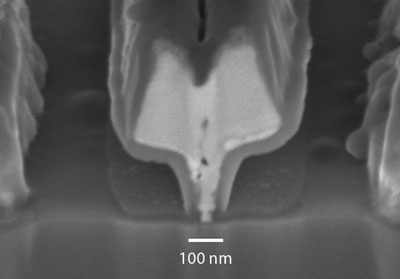 Researchers under ETH-Zurich professor Colombo Bolognesi are working on a new gallium nitride transistor technology using silicon(110) as a substrate. As the new combination of materials has many advantages, gallium nitride is poised to conquer the electronics market and help power the green revolution.
Researchers under ETH-Zurich professor Colombo Bolognesi are working on a new gallium nitride transistor technology using silicon(110) as a substrate. As the new combination of materials has many advantages, gallium nitride is poised to conquer the electronics market and help power the green revolution.
Sep 21st, 2011
Read more
Researchers have succeeded in dramatically increasing the energy density of supercapacitors, which are used to store electrical energy. This was realized by developing a new electrode in which graphene nanosheets are stacked in a layered structure with carbon nanotubes sandwiched between the graphene layers.
Sep 21st, 2011
Read more
The Singapore Institute of Manufacturing Technology (SIMTech), a research institute of the Agency for Science, Technology and Research (A*STAR), launched the SIMTech Microfluidics Foundry (SMF) today. SMF offers an integrated spectrum of capabilities for developing and manufacturing of specialised and low-cost microfluidic devices for applications in healthcare, biomedical, pharmaceutical, energy, water quality monitoring and chemical processing.
Sep 21st, 2011
Read more
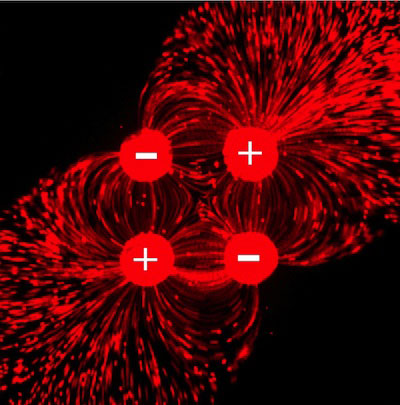 New floating microscopic device will allow researchers to study a wide range of cellular processes.
New floating microscopic device will allow researchers to study a wide range of cellular processes.
Sep 20th, 2011
Read more
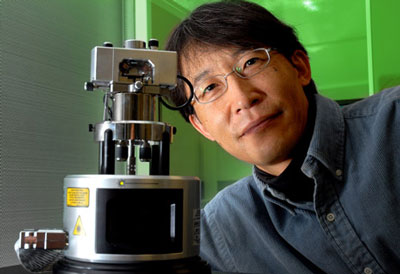 Assembly of nanostructures using DNA may lead to the production of new materials with a wide range of applications from electronics to tissue engineering. Researchers in the Institute for Nanoscience and Engineering at the University of Arkansas have produced building blocks for such material by controlling the number, placement and orientation of DNA linkers on the surface of colloidal nanoparticles.
Assembly of nanostructures using DNA may lead to the production of new materials with a wide range of applications from electronics to tissue engineering. Researchers in the Institute for Nanoscience and Engineering at the University of Arkansas have produced building blocks for such material by controlling the number, placement and orientation of DNA linkers on the surface of colloidal nanoparticles.
Sep 20th, 2011
Read more








 Subscribe to our Nanotechnology News feed
Subscribe to our Nanotechnology News feed